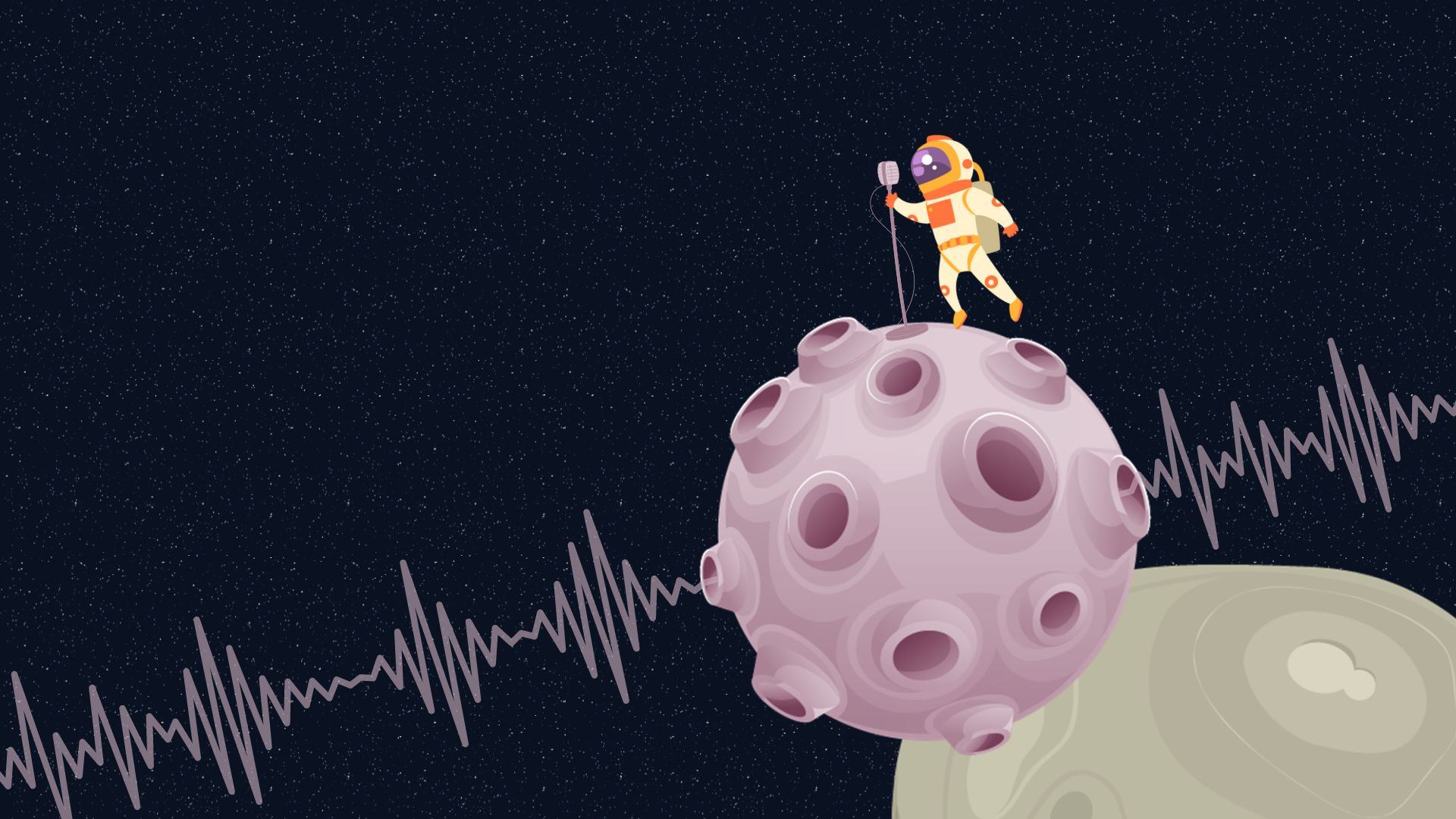Poetry is often described as a form of written art that uses language to convey emotions, ideas, and experiences. But what is less frequently acknowledged is the crucial role that sound plays in creating powerful and memorable poetry. In this blog post, we explore the importance of sound in poetry and how to use it to enhance your work.
Why Sound Matters in Poetry
At its core, poetry is about creating an emotional impact on the reader or listener. And sound is a crucial tool for achieving that impact. When we hear a poem, we don’t just process the meaning of the words. We also respond to the sounds of the language itself, which can evoke emotions, memories, and sensations that go beyond the literal meaning of the words.
There are many ways that sound can be used to enhance the impact of poetry. Here are a few examples:
Rhyme: Rhyme is one of the most well-known sound devices in poetry. By repeating similar sounds at the ends of lines, rhyme can create a sense of harmony, balance, or resolution. It can also help to create a sense of rhythm or musicality in the poem.
Alliteration: Alliteration is the repetition of consonant sounds at the beginning of words. It can create a sense of unity or cohesion in a poem, as well as a sense of rhythm or musicality. Alliteration can also create an onomatopoeic effect, where the sound of the words reflects their meaning.
Assonance: Assonance is the repetition of vowel sounds in nearby words. This can create a sense of harmony or dissonance, depending on the context. Assonance can also create a sense of rhythm or musicality, and it can help to create an onomatopoeic effect.
Metaphor: Metaphor is a figure of speech that uses a comparison between two things to create a new meaning. Metaphors can also create a sense of sound in poetry, by associating certain sounds with certain ideas or emotions. For example, a poem about a storm might use the sound of thunder as a metaphor for power or anger.
How to Use Sound in Your Poetry
If you’re a poet, you can use sound devices to create a more impactful and memorable poem. Here are some tips to get you started:
- Read your poem out loud: Reading your poem out loud can help you identify places where sound devices might work well. You can also get a better sense of the rhythm and flow of the poem.
- Experiment with different sound devices: There are many different sound devices you can use in poetry. Try experimenting with different ones to see which ones work best for your poem.
- Use sound devices to enhance the meaning of your poem: Sound devices should not be used just for the sake of sound. Instead, use them to enhance the meaning of your poem. For example, if you’re writing a poem about a peaceful landscape, you might use alliteration or assonance to create a sense of harmony or tranquillity.
Sound is an essential element of poetry that can enhance its impact and emotional resonance. By using sound devices like rhyme, alliteration, and assonance, poets can create poems that are not only meaningful but also beautiful and memorable. So, the next time you sit down to write a poem, remember the importance of sound and experiment with different sound devices to see what works best for your work.



